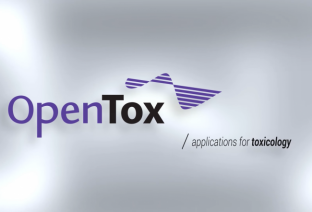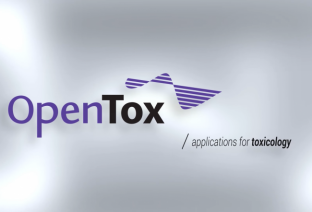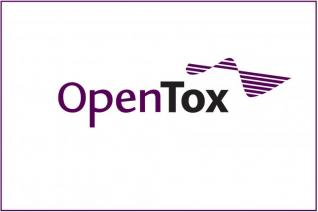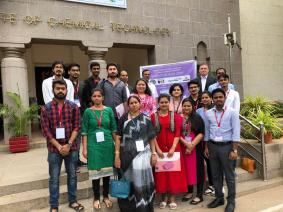OpenTox Asia 2018
Daniele Zink, Principal Research Scientist, Institute of Bioengineering and Nanotechnology (IBN), will chair the OpenTox Asia session on Integrated Alternative Methods in Predictive Toxicology.
How can OpenTox Asia help people in the field in the Asian region?
“Toxicological sciences are changing rapidly, with a strong trend away from animal experiments and towards new alternative methods comprising novel in vitro and in silico approaches. In addition, the integration of experimental and computational methods and their combination with big data and artificial intelligence are increasingly important."
OpenTox Asia will focus specifically on these important developments and provide, at the same time, the opportunity for intense discussion with internationally leading experts. This combination is quite unique and provides the opportunity for novel collaborations and networking and for aligning existing capabilities with important international developments.”
Are these subjects especially relevant to Asia?
“Exposure modelling and risk assessment are examples where combining diverse sources of data with in silico modelling and data analysis are particularly relevant for Asia. Work in these areas has, so far, been focused on Western countries. With respect to Asian countries, it is often not so clear which chemicals are used, where, and in which quantities, how consumers and workers are exposed to what kinds of substances, etc. More work on Asian-specific inventories of use and exposure scenarios would be relevant.”
You will chair Session 3 on “Integrated Alternative Methods in Predictive Toxicology”. Why is this topic important?
“In some areas, alternative methods are the only methods that can be applied (e.g., for the testing of cosmetics ingredients with respect to countries affected by animal bans). However, the usefulness of many alternative methods is currently limited by the fact that they cannot be applied for predicting toxicity. Current alternative methods often are either not predictive or their predictivity is unknown.
Therefore, it is essential to develop alternative methods that can indeed be applied for predicting the toxicity of a certain compound, with the ultimate goal of determining the risk for humans and the environment. The past has shown that it is often difficult to develop predictive methods by using one technology only. Therefore, integrating various technologies, such as cell-based methods with machine learning and exposure modelling, will be crucial.”
What kind of interesting interaction do you hope to see in this session, given the other speakers?
“The speakers in this session will cover various aspects that are all highly relevant for developing predictive methods. For instance, Michael Riediker is an expert on risk assessment, exposure modelling and computational toxicology. The data that need to be analysed for exposure modelling and risk assessment are rapidly increasing in volume and complexity and Michael Riediker will talk about how to address related problems.
Another challenge in predictive toxicology is the requirement to analyze large and ever increasing numbers of compounds, also with respect to their interactions with cellular molecules in order to understand the mechanisms of toxicity. Hao Fan will discuss an exciting computational approach to model the interactions of large numbers of chemicals with cellular molecules. Last but not least, finding the right collaborators and sources of data is crucial in this very complex, multidisciplinary field and Barry Hardy will address this challenging problem.”
What kind of contribution would you like from the audience? What would you like them to take away?
“In terms of contribution: vivid discussions. As a take away: new insights and ideas, inspiration and collaboration partners.”





